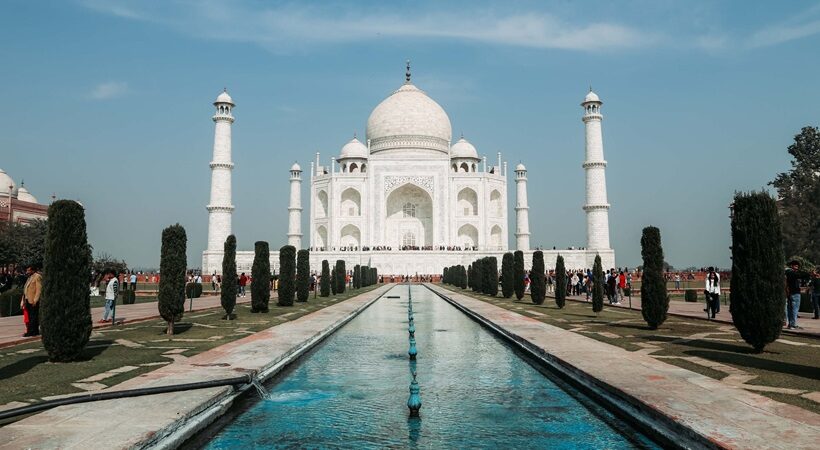The Taj Mahal is an immense mausoleum of white marble that was built in Agra between 1631 and 1648 as per the order of the Mughal emperor Shah Jahan in memory of his favorite wife Mumtaz. Taj Mahal is the jewel of Indo-Islamic architecture in India and one of the universally admired masterpieces of the world’s heritage. Considered to be one of the seven wonders of the world, the mausoleum is recognized throughout the world for its grandeur and symbolism. However, the Taj Mahal is an architectural marvel with several hidden secrets. Here are the seven lesser-known facts about this sublime structure.
The Gruesome Tale Surrounding The Mausoleum Is A Myth
According to a popular legend, Shah Jahan desperately wanted the mausoleum to be an exquisite masterpiece without an equal. To ensure no one could recreate the Taj Mahal’s beauty, Shah Jahan supposedly severed the hands and gouged the eyes of the artisans and craftsmen. Despite the prevalence of such a gruesome tale, historians have found no evidence to support the same—though it does heighten the drama of the romantic tragedy.
Taj Mahal Changes Colour
One of the allures of the Taj Mahal is its constantly changing hues. From dawn to dusk, the sun transforms the mausoleum. It may seem pearly gray and pale pink at sunrise, dazzling white at high noon and an orange-bronze at sunset. In the evenings, the Taj appears as translucent blue. Special tickets are even sold for the full moon and eclipse viewings.
The Cenotaphs Of Shah Jahan and Mumtaz Mahal Are Empty
Inside the Taj Mahal, the Cenotaphs honoring Mumtaz Mahal and Shah Jahan are enclosed in an eight-sided chamber ornamented with pietra dura (an inlay with semi-precious stones) and a marble lattice screen. But the gorgeous monuments are just for show: The real sarcophagi are in a quiet room below, at garden level.
Is It Perfectly Symmetrical?
The Taj Mahal is the pinnacle of Mughal architecture, constructed with impeccable symmetry according to the doctrines of the period’s style. Minarets flank the domed tomb, and a central pool reflects the main building. The gardens—an earthly representation of paradise—are divided into quadrants, and twin red sandstone buildings (an east-facing mosque and a west-facing guesthouse) give the mausoleum complex a balanced harmony. There is, however, one exception. Shah Jahan’s cenotaph is peculiarly positioned west of the central axis, throwing off the equilibrium. The odd placement has led many to believe he was never meant to be buried there.
You Can Spot Optical Illusions Everywhere
The architects and craftsmen of the Taj Mahal were masters of proportions and adept at deceiving eyes. When you first approach the main gate that frames the Taj, for example, the monument appears incredibly close and large. But as you get closer, it shrinks in size—exactly the opposite of what you’d expect. And although the minarets surrounding the tomb look perfectly upright, the towers actually lean outward, which serves both form and function: in addition to providing aesthetic balance, the pillars would crumble away from the main crypt in a disaster like an earthquake.
The Secret Of Taj Mahal’s Whiteness
Age and pollution have taken a toll on the Taj Mahal’s gleaming white marble façade, which has turned brownish-yellow under the sooty conditions. Occasionally, the monument is regularly treated with organic and harmless soil to maintain its legendary white complexion. Known as “multiani mitti” or the fuller’s earth, the archaeological survey of India regularly treats the marble with the soil to fight pollutants.
More The Symbol Of Power Than Love
Some Accounts reveal that as a leader Shah Jahan was more ruthless than romantic. For all its associations to devotion and ardor, the Taj was also a source of propaganda. The complex’s ordered symmetry symbolizes absolute power—the perfection of Mughal leadership. And its grand scale and extravagance (crystal, lapis lazuli, makrana marble, turquoise) only brought glory to Shah Jahan’s reign.



















